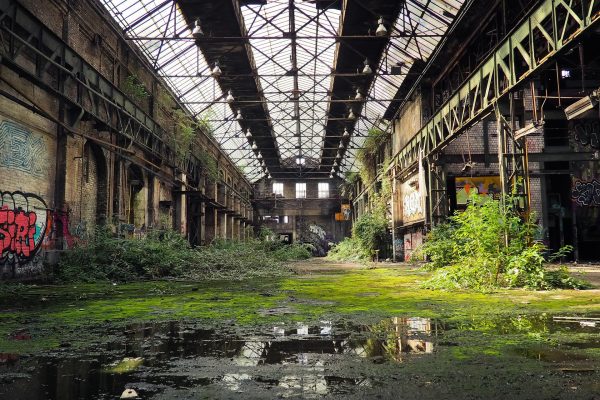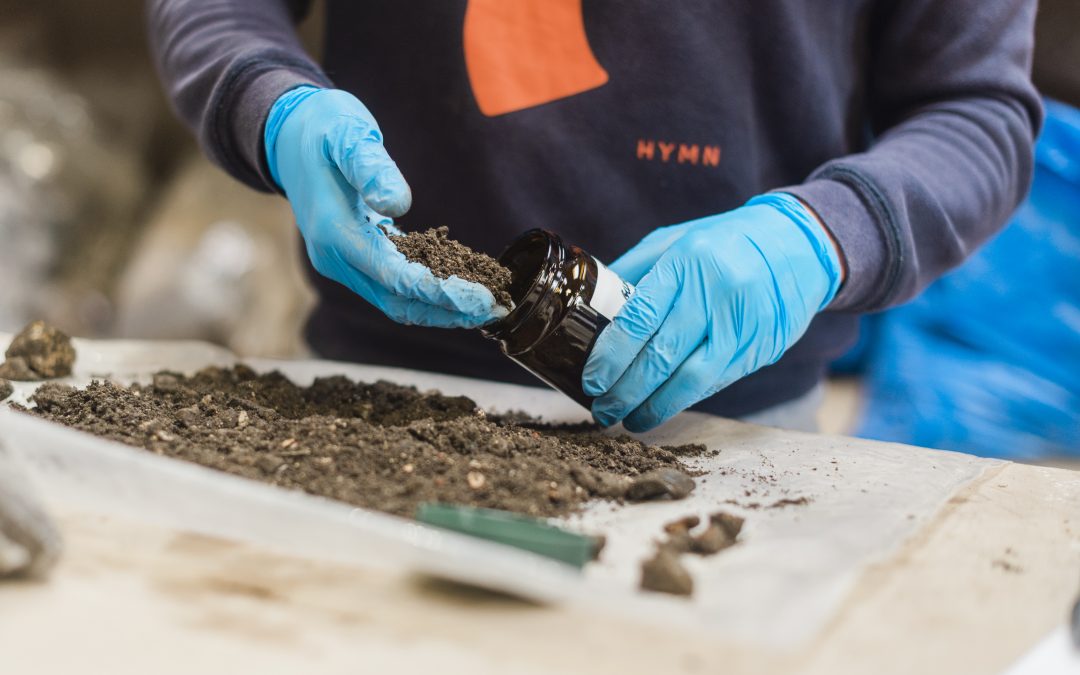Contaminated Land – what’s the standard?
Geoenvironmental
BE WARNED. Different councils can have very different approaches to contaminated land planning conditions. Below, Fran explains why SI work can never be one-size-fits-all.
The approach usually differs based on the funding of the department, the experience of the officer in charge, history of litigation against the council, experience with Part 2A sites, and the history of the area as a whole.
The problem:
Unfortunately, complying with Land Contamination Risk Management principles (LCRM – current Contaminated Land “Bible”) may not get you the approval you need on every site.
How can this be so? I hear you say. Well unfortunately with all risk assessments, it’s where you draw the red line for the minimum standards acceptable.
Let me give you a bit of an example. Hammersmith and Fulham (H&F).
The approach to Contaminated Land Conditions in H&F is fairly rigorous, perhaps a little over the top. They have rightly appreciated that volatile vapour issues have been neglected for some time and have made it their mission to ensure consultants assess vapour issues, especially for basements where it could be considered there is potentially a heightened issue being in the ground.
The approach requires the 5No. independent conditions, for Desk Study, Site Investigation Strategy, Risk Assessment, Validation, and Land Term Monitoring to be applied for and signed off independently. Any bunching of conditions can be seen poorly.
This does allow for the consultant and council to have a step-by-step discussion on the site (which can be good on complicated sites). But does take a long time, with statutory review times (which are not always adhered to).
There are specific demands set on the way the Conceptual Model is developed, even if this appears contrary to LCRM and makes it unreadable to the non-technical. Even if only minimal hydrocarbon sources are identified at the Desk Study stage the council will generally push for a quantitative vapour assessment, drilling into the London Clay, testing soil, vapours, and groundwater for volatile hydrocarbons. Which again can be costly and time-consuming for clients.
We believe this approach stems from historic battles with clients, a worry over vapour risks in the borough, and perhaps a dislike of basements being built. This is in stark contrast to a site in North Dorset, where a former factory & laundry, in an industrial area, on chalk, was granted permission without contamination even being considered. (Not actually the picture below as far as I’m aware – that’s just a stock image that I thought seemed appropriate. It would be an amazing coincidence if it is the same site.)

Other examples of inter-borough differences and local authority idiosyncrasies include;
- Radon Risks in the Royal Borough of Kensington and Chelsea.
- Hackney Council and their Contaminated Land requirements for small sites.
- Eastleigh Borough Council and their worries over the Fair Oak Landfill complex.
- The London Borough of Spelthorne also has high minimum standards, with a requirement that any Made Ground left onsite near the surface must comply with the BS Topsoil specification.
- Portsmouth soil import needs to prove the absence of Japanese Knotweed.
What can you do about it?
It used to be that consultants could talk to officers about individual requirements, however, with time being at a premium, this is less easy.
The answer is to think about Contaminated land conditions as early as you possibly can in the systems. Employ consultants who know the areas, know the standards and idiosyncrasies, and can produce a report which will get you the answer you need. Which is the right classification for the site, approved in the timeframe you require.
